Beyond The Woods - 'The Bigger Picture'
The West Stormont Woods are not alone. They stand in a landscape of farms, fields, myres, highways, animal and human activities. Our disparate communities do not exist alone. They are linked by physical routes, shared history – and perhaps shared dreams. We – humans – are not alone. We are part of an intricately-connected ecosystem and, yes, we are part of it – not above it or separate.
Taking woods into community use and management isn’t an aim that stands alone. It is part of a dream of a more sustainable future, where we can meet the challenges of climate and ecological emergencies more effectively by acting with determination and vision as joined-up communities.
Read more about the regenerative landscape-scale vision of West Stormont Connect, going into the future…
'The Bigger Picture' - West Stormont Connect
A conversation to be had.
West Stormont Connect is a landscape-scale concept for our local patch which aims to connect the whole community in local regenerative action to help address the global climate and ecological emergencies we are in.
Its full shaping still lies ahead of us but its purpose and direction is clear and co-ordinated action is beginning to grow.
The scale of the task humanity has to tackle – every one of us – is immense, but shared out and constructively addressed by us all, together, the necessary shift is eminently achievable. With every positive step taken, we will reach a place so much better than the one awaiting us if we keep stalling.
But why is the WSWG website the place for promoting West Stormont Connect?
We believe that the impact that we will have locally by bringing Taymount and Five Mile Wood into community ownership and management for community and environmental benefit will be a significant feature in the wider West Stormont Connect picture.
We believe that community ownership and management of Taymount and Five Mile Woods will give our whole community a new shared perspective and understanding of how adapting land-use practices with people and planet in mind amounts to real and achievable action for climate, biodiversity and community wellbeing.
From that growing knowledge-base and networking, we believe our local community will evolve a meaningful voice and role in the ongoing conversation that will drive West Stormont Connect.
This is already underway. Instigating the first ever Rural Focus Group in 2023 as part of the Stanley Community Action Plan process was a first step in helping join the dots.
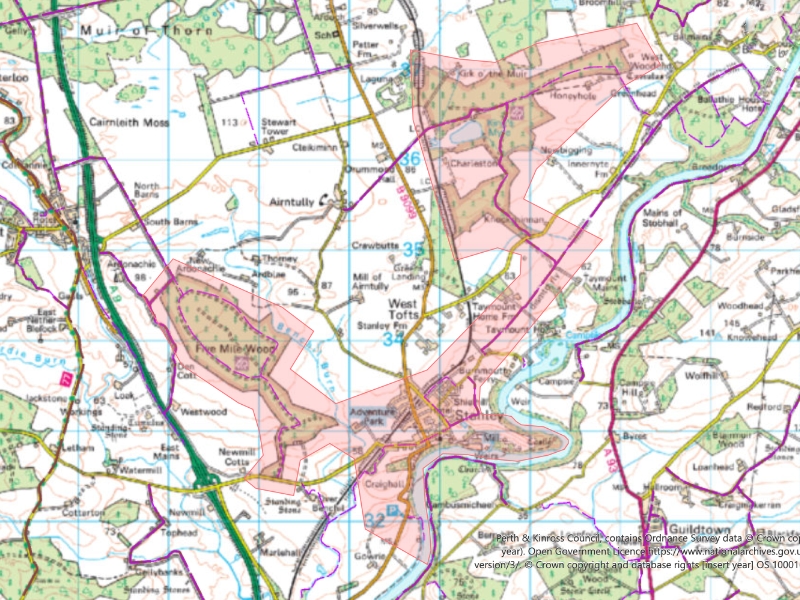
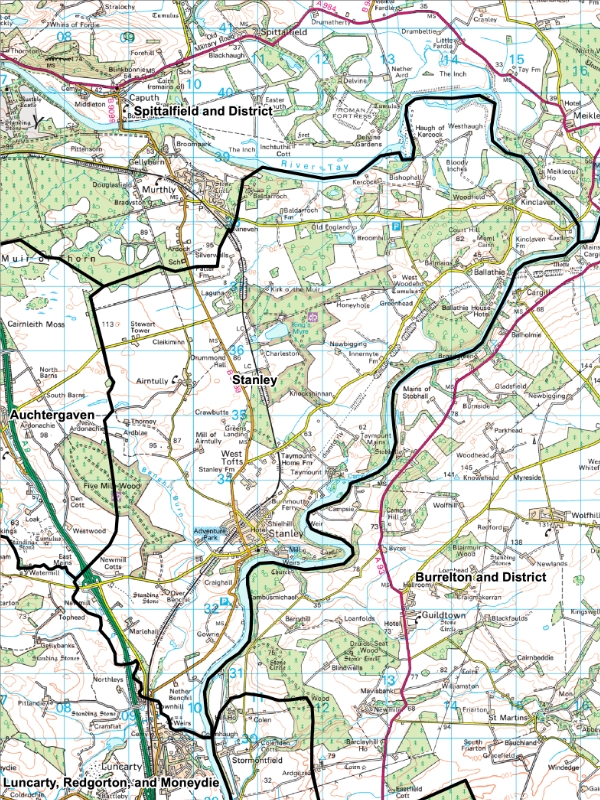
We can do a lot as individuals, but we can do a great deal more when connected, visionary and active as communities. Everyone who lives or works in our area is part of the community. West Stormont Connect will develop a platform where all of us, each and every one of us, can be a part of the solution.
Where there’s a will, there’s a way.
Do we have the will?
Do you?
Support for the West Stormont Connect concept is the first step in expressing that will.
This is a conversation to be continued from now on.
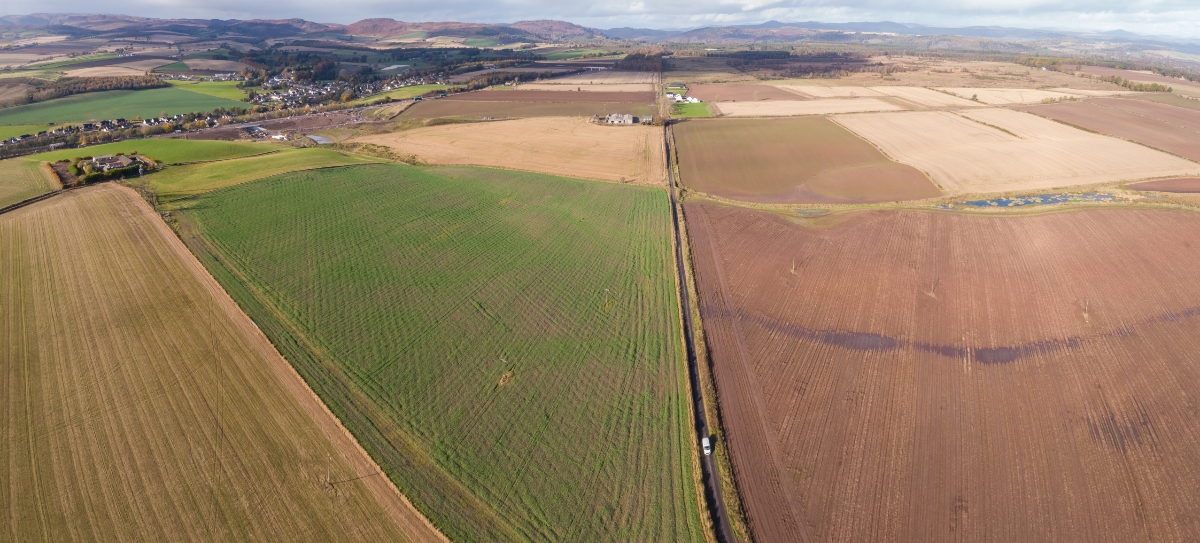
How we’ve got to where we are.
- Rio Summit 1992: Recognising that the natural environment faces many threats, the UK Government signed the Convention on Biological Diversity at the Earth Summit in Rio de Janeiro in 1992 along with another 167 nations from across the world.
- From 189th to 217th: A 2016 study of 218 countries round the world ranked the UK 189th for the intactness of its biodiversity, indicating that nature is faring worse in the UK than in most other countries. *Tim Newbold; Lawrence N Hudson; Andrew P Arnell; Sara Contu et al. (2016). This ranking has since worsened to 217th worst out of 244 countries. (There are at most 247 countries in the world depending on the definition used.)
- A lost decade for nature: Worse still, the RSPB announced in 2020 that the UK has failed to reach 17 out of 20 UN biodiversity targets agreed on 10 years ago, which they said “shows that the gap between rhetoric and reality has resulted in a ‘lost decade for nature’.”
- 428 ppm: The level of CO2 in the atmosphere on 11 July 2025, up from 417 in May 2020: It hasn’t been at the safe level of below 350 ppm since the 1980s. (Data source: NOAA, Mauna Loa Observatory, Hawaii.)
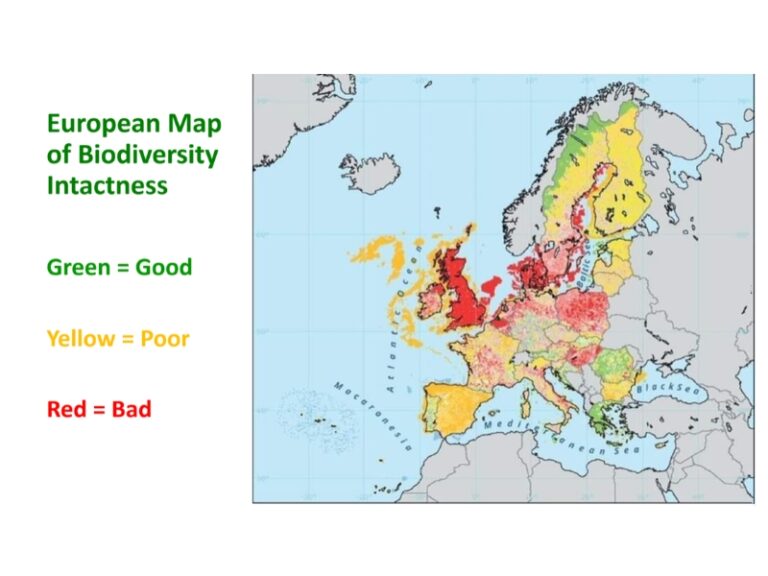
West Stormont Connect Manifesto
- West Stormont Connect acknowledges that UK land use, industry, resource use and lifestyles, individually and collectively, significantly exceed the capacity of the planet’s ecosystem year on year and that this is not sustainable.
- West Stormont Connect recognises that we humans have to maximise our collective action on the climate and ecological emergencies to avoid potentially catastrophic consequences for people and all other life on Earth.
- West Stormont Connect is proffered here as a prospective local driver in significantly reducing our community’s overall ecological footprint by 2030 and to accord with One Planet Living as our target as soon as possible after that.
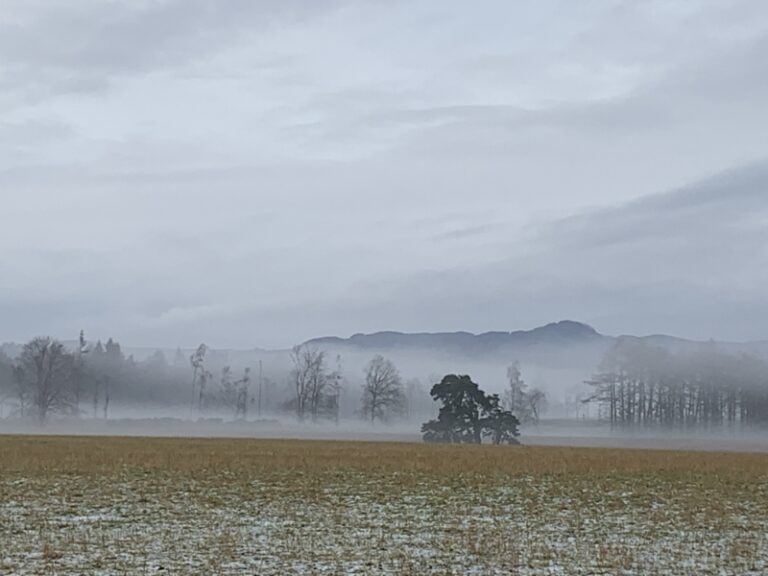
How might West Stormont Connect work?
- landowners (including businesses and Perth and Kinross Council)
- community/settlements/community groups & organisations/schools
- individuals and families
- Us
- You
It is a big thing for a local community to aspire to… but it is a small but vital part of an enormous effort that is underway and gaining pace across our nation, our continent and our world.
WSC will connect to local and regional initiatives striving for sustainability – such as Climate Connect Perth and Kinross and Nature Connections Partnership Perth and Kinross.
WSC will strive to help deliver our community’s fair share (or better) of the environmental targets being set for Scotland and tap into resources, goodwill and the widespread and rapidly growing determination in our country to help us do that.
We will link in and share in philosophies, aims and resources of national and global sustainability programmes, such as Nature Networks, Wellbeing Economy, and the global climate movement.
West Stormont Connect is a Good Ancestor concept – one which is thinking far ahead in time by taking actions with positive outcomes not just for now but for the long-term benefit of people and planet.
To turn things around we have to envisage and be part of evolving an economy which supports what we actually need to do – ie. change the ecological footprint of our lifestyles and how we manage the land and landscape in our area. That includes creating employment in our sustainability efforts.
We have no set template – there isn’t really one, but here are some of the initiatives which could operate to involve households, communities, businesses and landowners in different aspects of the desired transition over the next decade. And there are, not surprisingly, real overlaps between different ideas and groupings of people which should help us all work together to.
Possible Initiatives
WSWG Community Woodlands
Whole community better utilising and working to naturalise the woodland environment within Taymount and Five Mile Woods, our currently “one wood with a gap in the middle”. One with with two gaps in the middle if we add Kinclaven Bluebell Woods to this imagery.
Our Road
Ridge to River
Active Travel
Our transportation and travel practices and habits are one of the key challenges in tackling climate change, based largely, as they currently are, on fossil fuels.
Alongside transition to electric vehicles (cars, buses, bikes, lorries) over the coming decade, Active Travel offers scope for healthier, climate friendly travel in our daily lives. This could be commuting to work, going to school, visiting friends, posting a letter, getting fresh air and exercise. Our cycle path and walking networks need a great deal of enhancement before this becomes achievable, safe and second nature to most of us, so this is where Perth and Kinross Council and other local agencies involved in the growing active travel scene could play a part in West Stormont Connect.
The enthusiastic interest of one WSWG member in highlighting and improving our local access network as a means of reconnecting more people with nature and heritage in our woods and surrounding countryside, past, present and future, is offering an invitation to anyone interested in this cause to join forces to rediscover, improve and reinstate missing connections to our local landscape. WSWG has produced a Travel Plan and is embarking on its MiDAS Community Transport Project to be able to make use of PKC Community Minibuses in support community engagement in the WSWG project.
Biodiversity Villages
This is a project which Tayside Biodiversity Partnership have rolled out, with currently 16 towns, villages and neighbourhoods across Perth and Kinross, signed up to the initiative, including Stanley where an exciting range of community-based biodiversity projects have got underway since 2024.
Maybe in due course, Bankfoot, Luncarty, Murthly, Kinclaven, Waterloo and other villages and hamlets in West Stormont could take on this challenge too. Each village could develop its own biodiversity action plan and carry out projects for species and habitats in and around their settlements.
Their communities and schools could get involved in citizen science and take part in the Big Garden Birdwatch, Ancient Tree Inventory surveys, Mammal Week, UK Swift Awareness Week, the Urban Flora Project, National Dragonfly Festival, Moth Nights, the Big Butterfly Count, International Bat Night, World Otter Day, the Great Scottish Squirrel Survey, Hedgehog Awareness Week, World Frog Day and others.
The Stanley Biodiversity Village area boundary was drawn to include both Taymount and Five Mile Woods and the corridors connecting the village to each wood. As with the eastern Strathtay part of West Stormont, the Stanley Biodiversity Village area has been proposed to PKC as a prospective Nature Network area.
Green Living Support Programme
This would be an initiative to help us make other changes in our lives and lifestyles by helping us to make smart choices for sustainability, either individually or in groups with friends or neighbours. We all need to learn more about how to be green citizens.
We could join the Climate Café movement, develop informal discussion and self-help groups around all sorts of sustainability issues, bulk order organic food, eco-washing up liquid and eco-friendly loo-rolls, negotiate grants and discounts on neighbourhood energy saving or renewables projects, etc.
And so on ...
Until we cover all bases and start getting the results we need. There are bound to be numerous more fantastic ideas birling round in the hearts and minds of many people in our community too.
Resourcing West Stormont Connect
This is a big issue, but not one to put us off. It is one we have to grasp with both hands and press for what is urgently needed. As the former Mayor of Copenhagen, Bo Asmus Kjeldgaard, advised in his keynote address to the Perth Sustainable Small City Conference in November 2020, if you have a big ambition, there is no point unless you are intent on making commensurate resources follow.
The resources of the past and their distribution against the interests of the planet are not going to address the huge recovery and regeneration programme we now need.
There have been signs in recent years, albeit late and slow, that huge sums of money at global scale were shifting towards funding climate and ecological needs and huge sectoral development seeking to address the “nature funding gap” between current funding for nature recovery and the amount needed to effectively protect and restore ecosystems. But the world is in an enormously challenging state at the moment, with financial pressures rising on nations, governments, local authorities and funding bodies the world over. So, the issue will continue a challenging one for the foreseeable future.
But the need remains great and ever more pressing and it therefore needs everybody, absolutely everybody, to put their shoulders to the wheel, to do their bit to help change the way we live and look after our environment. Our home. Our precious, only home.
West Stormont Connect is an idea for how our whole community can get behind a local plan for big change in the short timescale that is available for us to turn things around for the better and make our community stronger, more connected and more resilient at the same time.
We also believe fundraising for the acquisition of Taymount and Five Mile Woods will be facilitated if the WSWG Project is presented and justified in the wider context of West Stormont Connect.
Let’s find a way of getting West Stormont Connect fully up and running, for all our sakes.
If you are interested in being part of how West Stormont Connect can evolve from here, please get in touch using the contact form below.
Well done for reading this far!
